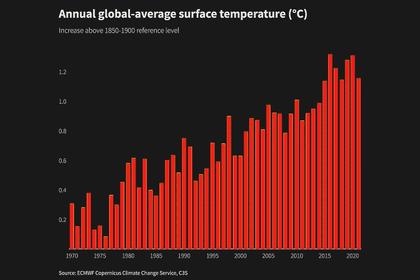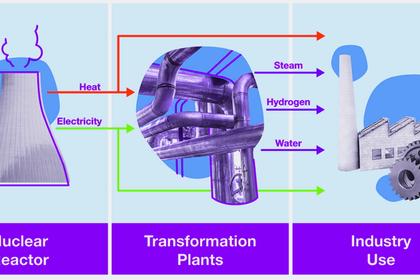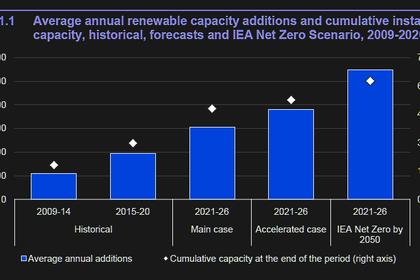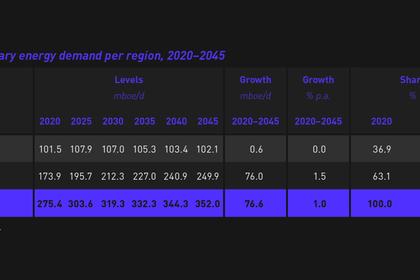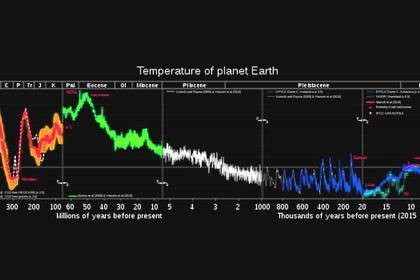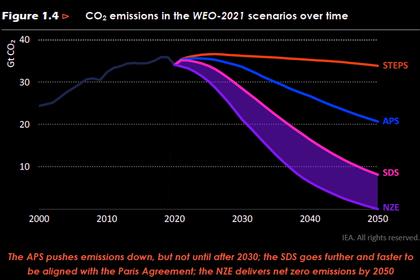
CLEAN HYDROGEN ENERGY
IRENA - 15 January 2022 - Geopolitics of the Energy Transformation The Hydrogen Factor
Summary for Policy makers
The ongoing energy transition is unprecedented due to its scale and the profound impact on the established socio-economic, technological, and geopolitical trends around the world. Renewables, in combination with energy efficiency, now form the leading edge of a far-reaching global energy transition. This transition is not a fuel replacement; it is a shift to a different system with commensurate political, technical, environmental, and economic disruptions. The central question this report addresses is whether and to what extent hydrogen exacerbates or mitigates these disruptions and in what ways.
Hydrogen, until now the missing piece of the clean energy puzzle, is likely to further disrupt energy value chains in coming years. The climate change imperative has been the main driver of the renewed policy focus on hydrogen. IRENA’s 1.5°C scenario envisages that clean hydrogen1 could meet up to 12% of final energy consumption by 2050. Majority of this would be produced using renewables, with the rest from gas and carbon capture and storage.
Hydrogen is likely to influence the geography of energy trade, further regionalising energy relations. With the costs of renewable energy falling, but those of transporting hydrogen high, the emerging geopolitical map is likely to show growing regionalisation in energy relations. Renewables can be deployed in every country, and renewable electricity can be exported to neighbouring countries via transmission cables. In addition, hydrogen can facilitate transport of the energy renewables produce over longer distances via pipelines and shipping, thus unlocking untapped renewable resources in remote locations. Some existing natural gas pipelines, with technical modification, could be repurposed to carry hydrogen.
Countries with an abundance of low-cost renewable power could become producers of green hydrogen, with commensurate geoeconomic and geopolitical consequences. Green hydrogen could be most economical in locations that have the optimal combination of abundant renewable resources, space for solar or wind farms, and access to water, along with the capability to export to large demand centres. New power nodes could arise in places that exploit these factors to become centres of hydrogen production and use.
The hydrogen business will be more competitive and less lucrative than oil and gas. Clean hydrogen will not generate returns comparable to those of oil and gas today. Hydrogen is a conversion, not an extraction business, and has the potential to be produced competitively in many places. This will limit the possibilities of capturing economic rents akin to those generated by fossil fuels, which today account for some 2% of global GDP. Moreover, as the costs of green hydrogen fall, new and diverse participants will enter the market, making hydrogen even more competitive.
-----
Earlier:
